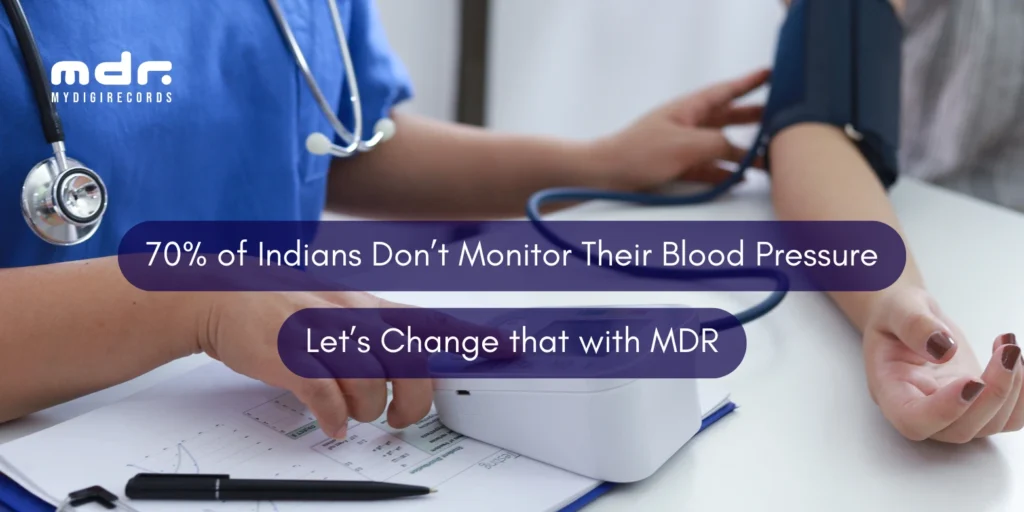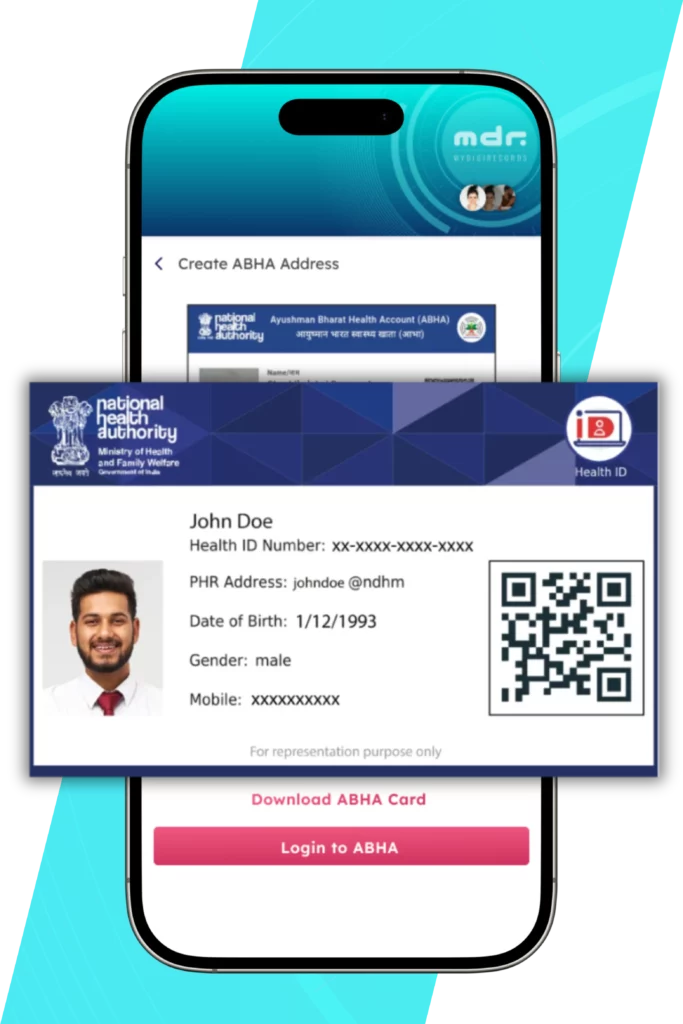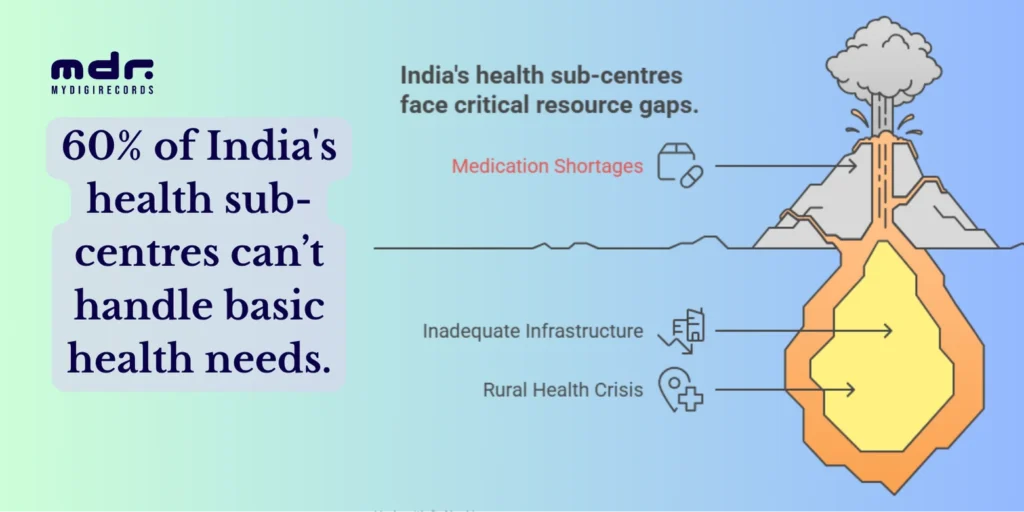Understanding Guillain-Barré Syndrome: A Journey to Awareness and Recovery
Guillain-Barré syndrome (GBS) is a rare yet serious neurological disorder that can turn a person’s life upside down. Imagine waking up one morning with a strange tingling sensation in your legs, only to find yourself struggling to walk by nightfall. Guillain-Barré syndrome (GBS) can progress rapidly, and without timely medical attention, it can lead to paralysis or life-threatening complications. But with the right knowledge and care, recovery is possible, and hope is never out of reach.
In this blog, we’ll break down everything you need to know about Guillain-Barré syndrome — from early symptoms to treatment and recovery. Whether you or a loved one are facing Guillain-Barré syndrome (GBS) or you’re simply curious to learn more, this guide is designed to inform, empower, and inspire.
What Is Guillain-Barré Syndrome?
Guillain Barre Syndrome (GBS) is an autoimmune condition where your immune system mistakenly attacks your peripheral nerves, causing weakness, numbness, and even paralysis. It can escalate quickly, but early treatment can make a huge difference in recovery. The syndrome often appears after viral or bacterial infections, but other triggers like surgery or vaccination (in rare cases) can also play a role.
While the exact cause of Guillain-Barré syndrome (GBS) remains unclear, research suggests it often follows a bacterial or viral infection. In some cases, Guillain-Barré syndrome (GBS) has been linked to recent surgeries or vaccinations, though these instances are rare.
Recognizing the Symptoms Early
Early detection of Guillain-Barré syndrome (GBS) can make a significant difference in the outcome. Symptoms usually start in the legs and gradually move upward. Here’s what to watch for:
- Tingling and numbness: This often starts subtly, like a mild pins-and-needles sensation in your toes or fingertips. It might feel harmless at first, but as the sensation spreads upward through your limbs, it can signal something serious. People often dismiss this early sign, so paying attention to persistent tingling is crucial.
- Muscle weakness: You might notice increasing difficulty with everyday tasks — climbing stairs, holding objects, or walking short distances can suddenly feel exhausting. What starts as slight weakness can progress to severe muscle failure, making movement nearly impossible without assistance.
- Severe pain and cramping: Nerve damage can cause sharp, shooting pains or deep muscle aches, often worsening at night. This can disrupt sleep and drain energy, compounding the physical toll of GBS.
- Loss of reflexes: Reflexes help protect your body, but Guillain-Barré syndrome (GBS) can dampen or eliminate them. For example, your knee might not jerk during a reflex test, or your ankle might feel floppy when you try to flex it.
- Breathing and swallowing difficulties: As the paralysis spreads, it can affect chest and throat muscles, making it hard to breathe or swallow. In severe cases, patients may require ventilators to support their breathing, emphasizing the need for immediate medical care.
If you or someone you know experiences these symptoms — especially in combination — don’t wait. Seek medical help immediately. Guillain-Barré syndrome (GBS) can progress rapidly, and early diagnosis is key to better outcomes.
What Triggers Guillain-Barré Syndrome?
Though the precise cause of Guillain-Barré syndrome (GBS) isn’t fully understood, researchers have identified several factors that can increase the risk of developing the condition. Understanding these triggers can aid in prevention and early diagnosis, giving individuals a better chance of managing Guillain-Barré syndrome (GBS) before it escalates.
- Infections: Guillain-Barré syndrome (GBS) often develops after infections, as the immune system becomes overactive in response to pathogens. Common infections linked to Guillain-Barré syndrome (GBS) include:
- Campylobacter jejuni: A bacteria commonly associated with food poisoning, this is one of the most frequent triggers.
- Influenza (flu): Respiratory infections like the flu can confuse the immune system, leading it to attack nerve cells.
- Cytomegalovirus (CMV) and Epstein-Barr virus (EBV): Viral infections that can overstimulate immune responses.
- COVID-19: Emerging studies suggest a small but significant link between COVID-19 and GBS, with some patients developing symptoms weeks after recovery.
- Recent vaccinations: In rare cases, Guillain-Barré syndrome (GBS) has been reported following certain vaccinations, like the flu shot or COVID-19 vaccines. However, these instances are extremely rare, and public health experts emphasize that the benefits of vaccination far outweigh the small risk. Vaccines help prevent severe diseases that could themselves trigger GBS.
- Surgeries or trauma: Physical stress, such as a major surgery or significant injury, can sometimes activate an immune response that mistakenly targets the nerves. This isn’t common, but it’s an important factor for healthcare providers to consider, especially in post-operative patients experiencing unusual weakness or pain.
- Other potential triggers: Guillain-Barré syndrome (GBS) has also been associated with other medical conditions, such as Hodgkin’s lymphoma or systemic lupus erythematosus (SLE). These conditions can dysregulate the immune system, increasing the likelihood of nerve damage.
Recognizing these triggers not only helps in early diagnosis but can also empower individuals to seek medical attention quickly after an infection, vaccination, or surgery. If you experience symptoms like numbness or muscle weakness following one of these events, consulting a healthcare provider could be life-saving.
Diagnosis and Treatment: What to Expect
Getting an accurate diagnosis is crucial for starting treatment early. Since Guillain-Barré syndrome (GBS) can mimic other neurological conditions, healthcare providers use a combination of clinical evaluations and specialized tests to confirm the condition:
- Lumbar puncture (spinal tap): This test involves inserting a thin needle into the lower spine to extract cerebrospinal fluid (CSF). Elevated protein levels in CSF, without a significant increase in white blood cells, are a hallmark sign of GBS.
- Electromyography (EMG): EMG measures the electrical activity in muscles by inserting small needles into specific muscles. Abnormal readings can indicate nerve damage, helping doctors pinpoint how the syndrome is affecting your body.
- Nerve conduction studies: These tests assess the speed and strength of nerve signals by delivering small electrical impulses through the skin. Slowed or weakened signals are indicative of nerve demyelination, a characteristic feature of GBS.
The combination of these tests provides a comprehensive view of nerve function, allowing doctors to rule out other conditions like multiple sclerosis or spinal cord disorders. With an accurate diagnosis, treatment can begin promptly, improving the chances of a smoother recovery.
Treatment Options and Recovery
Although Guillain-Barré syndrome (GBS) has no cure, treatments can significantly speed up recovery and reduce the severity of symptoms. Let’s break down the most effective options:
- Intravenous immunoglobulin (IVIG): This treatment delivers healthy antibodies from donated plasma directly into your bloodstream. These antibodies help neutralize the harmful ones attacking your nerves, reducing the immune system’s assault and promoting faster healing.
- Plasmapheresis (plasma exchange): This process filters your blood to remove harmful antibodies. The blood is then returned to your body with replacement plasma or a plasma substitute, helping to reset your immune system’s response.
- Pain management: Nerve pain can be intense, so doctors may prescribe medications like gabapentin or pregabalin to relieve discomfort and improve quality of life during recovery.
- Physical therapy and rehabilitation: A structured therapy program helps rebuild strength, restore mobility, and prevent long-term complications like muscle contractures. Therapists guide patients through exercises that gradually improve coordination and endurance.
Recovery timelines vary widely — some people improve within weeks, while others may take months or even years. About 70% of people with Guillain-Barré syndrome (GBS) regain full or near-full function, though lingering fatigue or mild weakness can persist. Emotional support and counseling are also crucial, as the recovery process can be mentally and emotionally taxing.
Living with GBS: Stories of Strength and Resilience
A Guillain-Barré syndrome (GBS) diagnosis can be life-altering, but countless individuals have fought their way back to health with determination and support. Many find solace in connecting with Guillain-Barré syndrome (GBS) support groups, where they can share their experiences, find encouragement, and inspire others on the same path.
Why Awareness Matters
Raising awareness about Guillain-Barré syndrome is vital for early detection, prompt treatment, and ongoing research. The more people understand GBS, the faster they can recognize symptoms and seek help, ultimately saving lives and improving recovery chances.
At MyDigiRecords, we’re committed to empowering individuals with health knowledge. By learning about conditions like Guillain-Barré syndrome (GBS) and tracking your health history, you can be proactive about your well-being. Remember, knowledge is power — and with the right information, you can navigate even the toughest health challenges with confidence.
More blogs for you to read

70% of Indians Don’t Monitor Their Blood Pressure – Let’s Change That with MDR
70% of Indians Don’t Monitor Their Blood Pressure – Let’s Change That with MDR Table of Contents: The Silent Killer

New USCIS Rule 2025: Green Card Applications Must Now Include Medical Form I-693 – What You Need to Know
New USCIS Rule 2025: Green Card Applications Must Now Include Medical Form I-693 – What You Need to Know Table

A Deep Dive into ABDM and ABHA ID with MyDigiRecords – Unlocking the Power of Digital Health
A Deep Dive into ABDM and ABHA ID with MyDigiRecords – Unlocking the Power of Digital Health Table of Contents:

India’s Health Sub-Center Crisis: How Digital Health Records Can Bridge the Rural Care Gap
India’s Health Sub-Center Crisis: How Digital Health Records Can Bridge the Rural Care Gap Table of Contents: Introduction The Data


